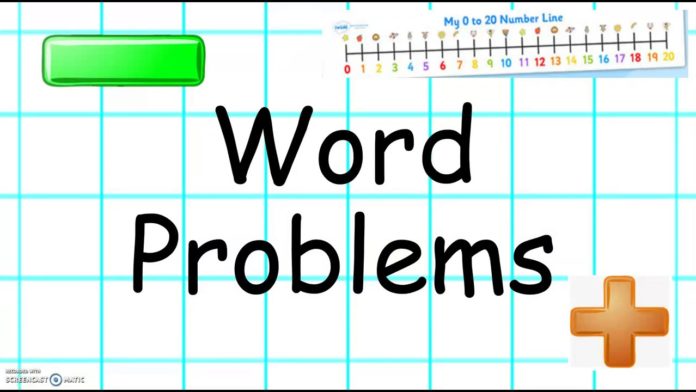Ah, math word problems – these tricky equations can be the bane of a math teacher’s existence. While difficult for many children to master, math word problems are incredibly important as most of the real world’s math is in the form of a question. For example, “How many gallons of paint do I need to buy if one gallon covers 300 square feet, and my wall is 35 feet long by 8 feet tall?”
The challenging part about teaching word problems is the fact that reading comprehension is a big part of understanding the problem. Even the most mathematically gifted student may have issues solving story problems if their reading skills aren’t up to par. As such, it can be a struggle to find a one-size-fits-all strategy for teaching how to solve math word problems.
Let’s take a look at some of the most effective math problem-solving strategies to help students tackle math word problems.
Make Solving Word Problems a Daily Activity
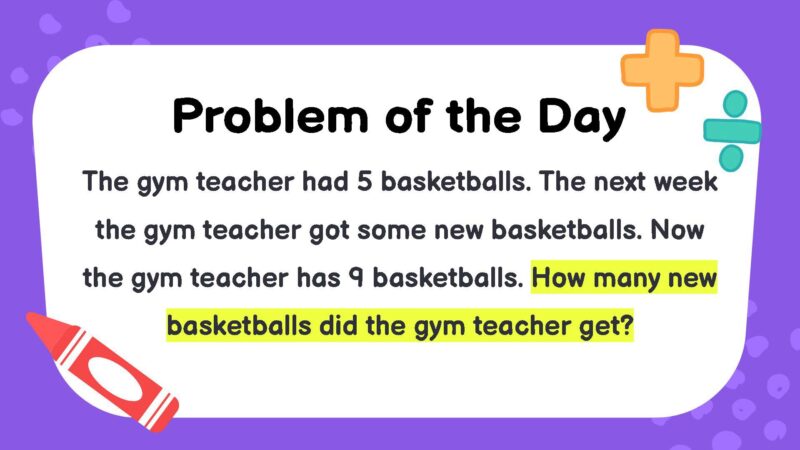
One of the best ways to get students accustomed to solving word problems is to have them solve them regularly.
Practice makes perfect, after all, so every time you teach a new skill, present a word problem that encourage your students to use that skill to solve the problem.
You can also give your students a daily word problem to solve at home with time at the beginning of each class to discuss the problem and how they reached their answers.
Teach a Plan of Attack

One of the most common strategies for solving word problems is teaching a plan of attack that gives students a step-by-step method for reaching the right answer. There are a lot of attack strategies you can teach, with the most popular being:
- CUBES – Circle the numbers, Underline the question, Box the keywords, Evaluate the problem, Solve
- RDW – Read the problem, Draw a model, Write the Equation
- FOPS – Find the problem, Organize the information, Plan how to solve the problem, Solve the problem
- RUN – Read the Problem, Underline the question, Name the problem type
Teaching attack strategies for solving math story problems is helpful because it gives students a clear plan to follow to find the answer. It makes them focus on reading and understanding the problem rather than just picking out numbers and trying to solve them.
Of course, there is no one-size-fits-all attack strategy. What works for one student may not work for another. It’s a good idea to give kids a basic plan to follow such as Plan, Solve, Check, which will help them slow down and take their time to solve the problem using whatever attack strategy works best for them.
Visualize the Problem

To help students understand the problem better, encourage them to visualize the words. Have them act out the scenario or draw pictures or diagrams to show what’s happening in the problem. Often, seeing the problem spelled out in this manner helps kids see the problem-solving path better.
Take the Numbers Out of the Equation
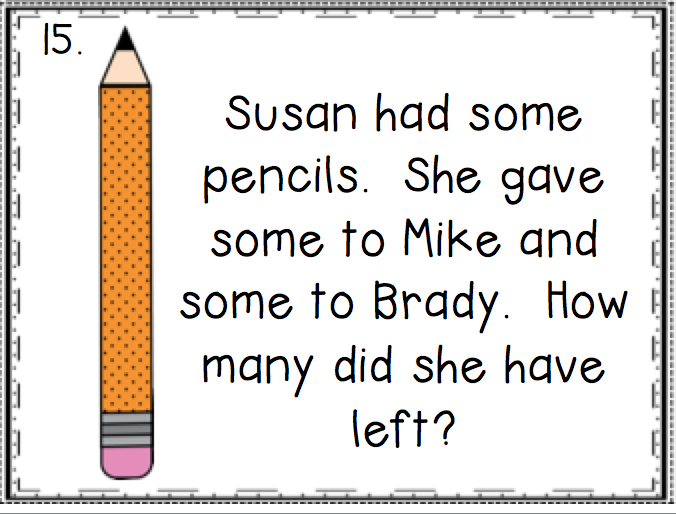
Another math problem-solving strategy that works well to help students understand what a word problem is really asking is to take all the numbers out of the equation.
It sounds counter-intuitive, but without numbers to worry about, kids are forced to focus on the words and what they’re saying rather than trying to solve the problem without fully comprehending the task.
This strategy is effective because it encourages reading comprehension, which is vital to solving word problems correctly.
At some point, you’ll need to add the numbers back in to solve the problem, but not until you’re sure your students understand exactly what the problem is asking.
Teach Students to Identify Keywords or Context Clues
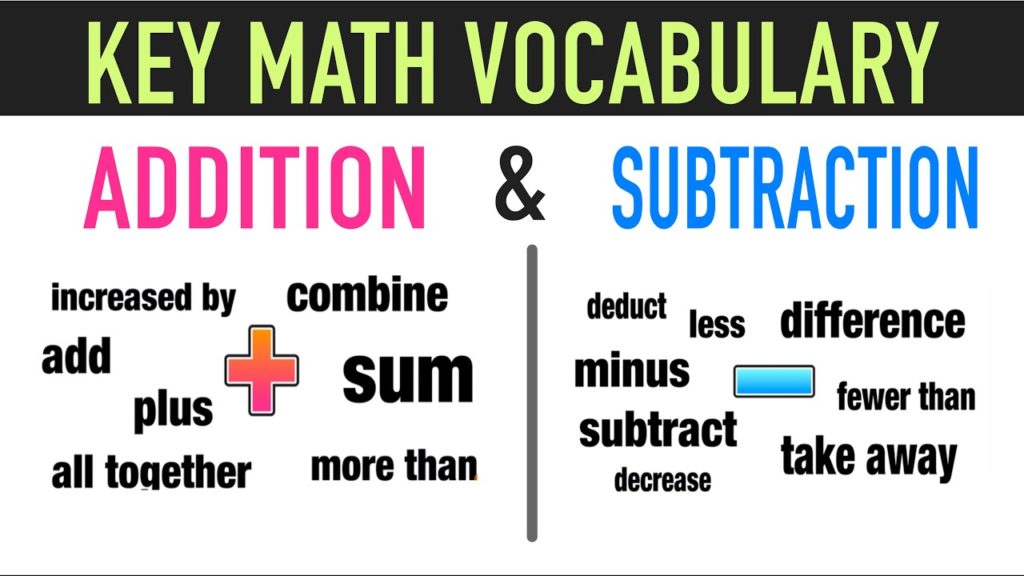
This strategy is one that teachers either love or hate. Some feel it is an outdated approach to math word problem solving, while others feel it gives students a simple way to make sense of what the problem is saying.
For example, the word “more” usually means to add, while the word “fewer” means to subtract. Another example is the word “each,” which typically means to multiply. The problem with teaching keywords in this manner is that these actions aren’t always the right path for solving the problem.
If you teach your students to look for keywords in word problems, it’s a good idea not to mention that certain words mean certain operations, but rather, that certain words are important clues to how the problem should be solved. Refer to these words as context clues and have your students identify these clues to figure out the right operation for the correct solution.
Psst…shameless plug time! I have a cool chart that works as an English to math translator. This translation wall chart is great for setting up the math sentences and equations required for solving word problems. You can find it at my Teachers Pay Teachers store! It has bright colors that are hard for your students to miss, especially if you use your chart for wall art.
I also have a bingo game that can students matches word descriptions with math expressions. You can check that out in my infinity math creations.com store!
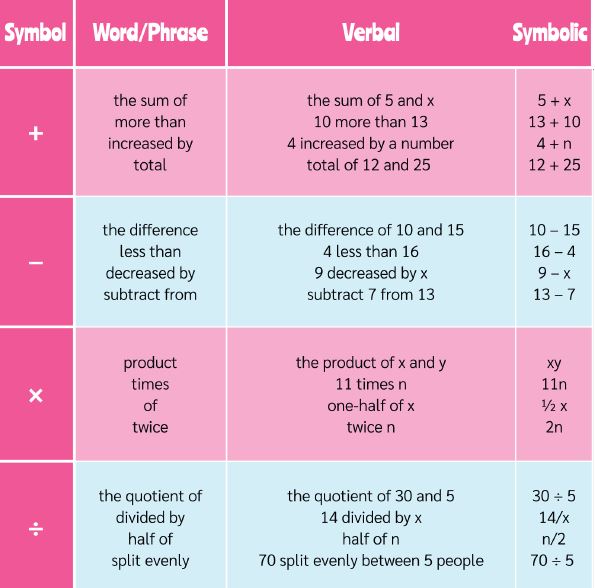
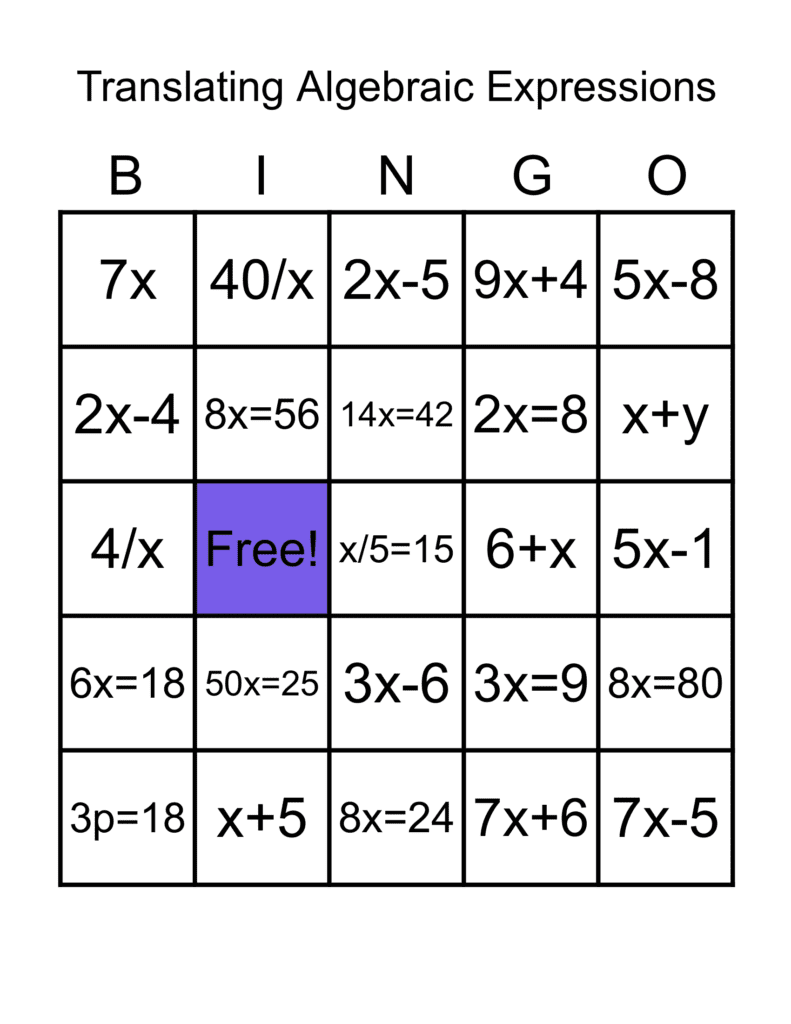
Ask Students to Justify Their Answers
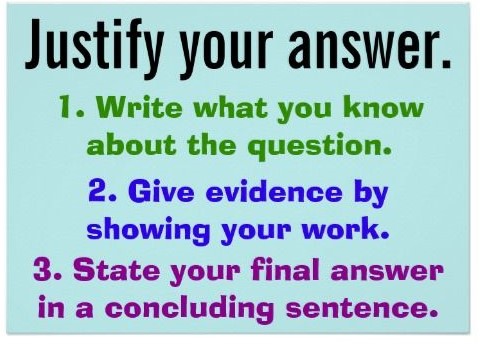
Teachers have demanded that students show their work for years. As frustrating as it is for students to show their work, it’s a vital part of understanding and solving word problems. The better a student can justify their answer, the more likely they are to get the answer right.
Implement a 4-step process for justifying their work when solving a math word problem.
- Outline the steps you took to solve the problem
- Tell what math problem-solving strategies and operations you used
- Label your work
- Write a sentence that answers the problem’s question and includes your answer
Your students may question why they need to write their answer in sentence form, but if you think about it, it makes perfect sense. Math word problems are written in sentences, so the answer should be written as such, too. It’s a great way to help students know they are definitely answering the question the word problem is asking.
Conclusion
Solving math word problems can be challenging for students and just as frustrating for teachers, but because much of the real world’s math comes in the form of a question, learning to solve word problems is important.
With these math problem-solving strategies, however, hopefully, both you and your students will solve math word problems much easier and with less intimidation than before.

